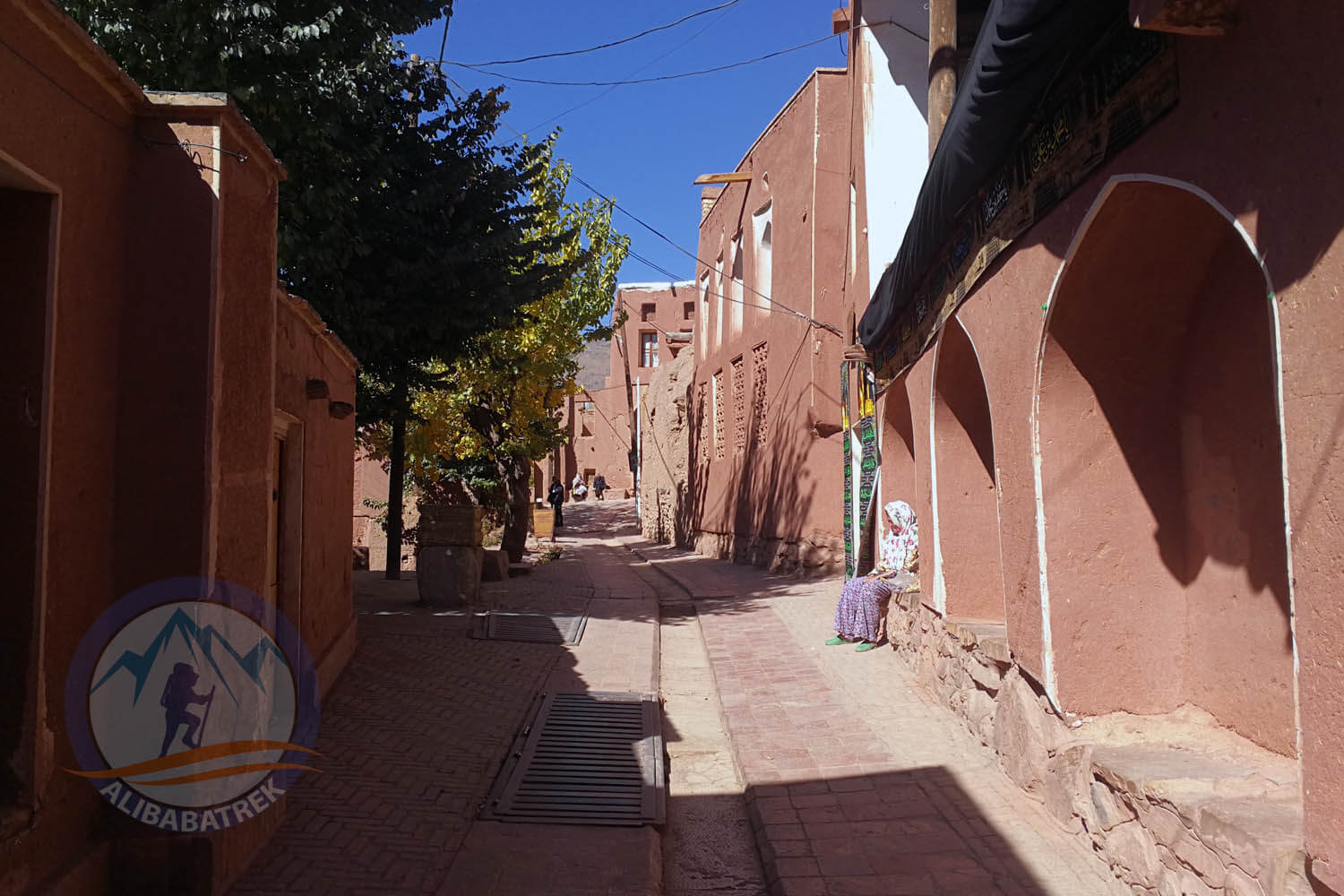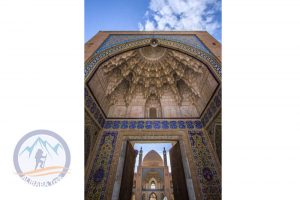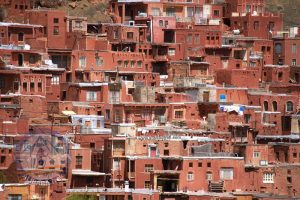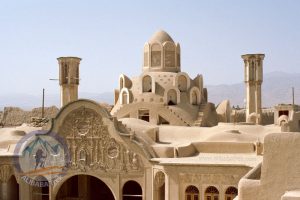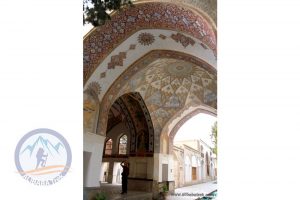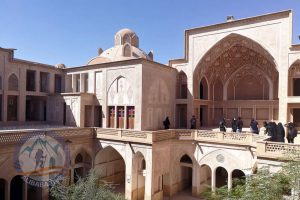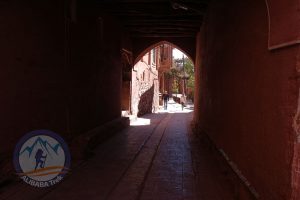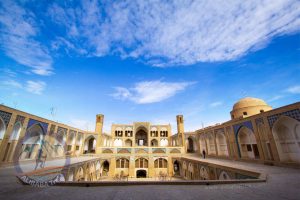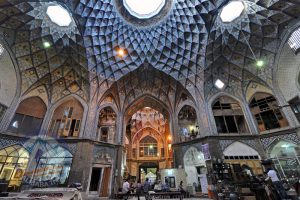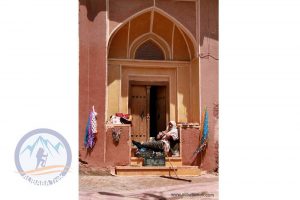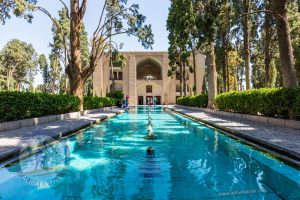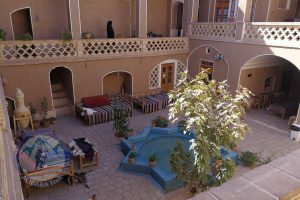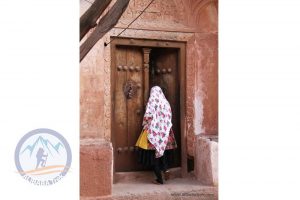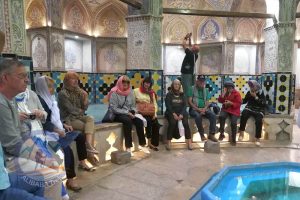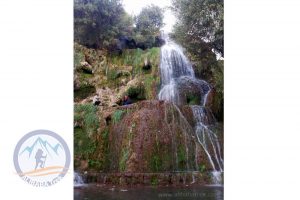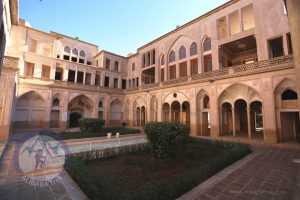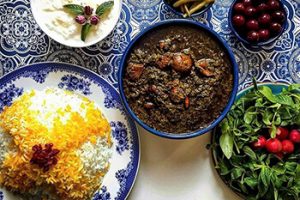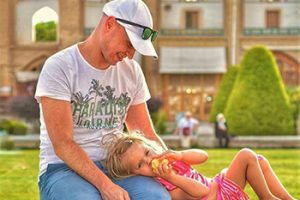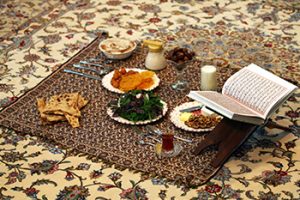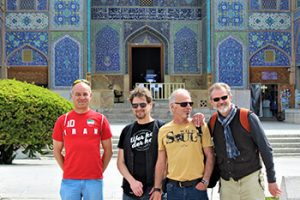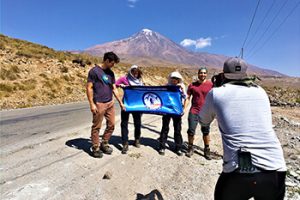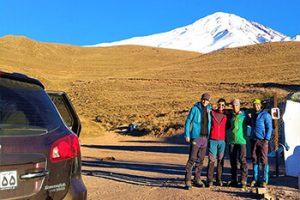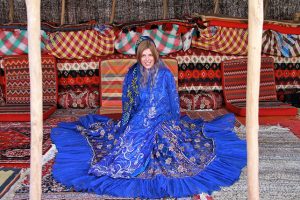Kashan
This delightful oasis city on the edge of the Dasht-e-Kavir desert is one of Iran's most alluring destinations. It not only boasts a cluster of architectural wonders, an atmospheric covered bazaar and a UNESCO recognized garden, but it also offers some of Central Iran's best traditional hotels.
A city to admire
Being in Kashan was like moving back in time, it’s easy to imagine how the life in the golden times used to look like when the traditional houses were full of people and vibrant atmosphere.
Kashan (Persian: کاشان) is a city of Isfahan, Iran. This delightful oasis city on the edge of the Dasht-e-Kavir desert is one of Iran’s most alluring destinations. It not only boasts a cluster of architectural wonders, an atmospheric covered bazaar and a UNESCO recognized garden, but it also offers some of Central Iran’s best traditional hotels.
The etymology of the city name comes from the Kassian, the original inhabitants of the city, whose remains are found at Tapeh Sialk dating back 9,000 years! Later this was changed to “Kashian”, hence the town name. Between the 12th and the 14th centuries, Kashan was an important center for the production of high-quality pottery and tiles. In modern Persian, the word for a tile (Kashi) comes from the name of the town.
Kashan is divided into two parts, mountainous and desert. In the west side, It is cited in the neighborhood of two of highest peaks of Karkas chain, Mount Gargash to the southwest of Kashan (the home of Iran national observatory, the largest astronomical telescope of Iran) and Mount Ardehaal in the west of Kashan, also known as “Damavand of Kashan” and the highest peak of Ardehaal mountains (end part of Karkas chain in central Iran).
In the east side of the city, Kashan opens up to the central desert of Iran which the city is famous for. Kashan is also known for Maranjab Desert and Caravanserai located near the Namak Lake (or salt lake). Today Maranjab and the surrounding Shifting Sands is a popular destination at the weekends.
The biggest attraction of Kashan are the traditional houses, a perfect example of fine Persian architecture. In the 18th and 19th century the town was a favorite holiday destination for rich and famous, many of them have built their vacation houses in Kashan.
Both Boroujerdi’s and Tabatabai’s house looked like nothing special from the outside but stepping inside is like moving into another world, the fairy tale one. Full of mirrors, stained glass work, frescoes which make you feel you had a journey in “One Thousand and One Nights” story.
In the city, you just need to look carefully around to see the hides’ miracles such as tea houses, mosques or hammams.
You will have a graceful moment if you drink a cup of tea in Abbasi Teahouse.
Rosewater, spices, nuts, the best Tea you’ve ever had or freshly baked bread, are among the most famous souvenirs of Kashan
The experience of your trip in Kashan just like hearing the water hissing quietly, birds chirping, sun shining and it was just perfect. A well-deserved and needed to relax for a vacation.
Abyaneh
Serenely situated at the foot of Mt Karkas (3899m), the ancient village of Abyaneh is a warren of steep, twisting lanes and crumbling red mud-brick houses with lattice windows and fragile wooden balconies. It’s a testament to both the age and isolation of Abyaneh that the elderly residents speak Middle Persian, an earlier incarnation of Farsi that largely disappeared some centuries ago, and many men still dress in the traditional wide-bottomed trousers and black waistcoats. Women’s clothing features hejabs that cover the shoulders and are traditionally strewn with printed or embroidered red flowers.
Fin Garden
Designed for Shah Abbas I in the 16th century, this delightful garden with its symmetrical proportions, old cedars, spring-fed pools and fountains is renowned as being the very epitome of the Persian garden and its evocation of heaven. Given its influence in the planning of gardens as far afield as India and Spain, Fin Garden, which lies in the suburb of Fin, 9km southwest of central Kashan, has justly earned a place on the Unesco World Heritage list.
In contrast to the arid location, the garden flows with crystal-clear warm water channeled from a natural spring through a series of turquoise-tiled pools and fountains and continuing along the main road in jubs (canals, pronounced ‘joobs’). The evergreen trees inside the garden are up to 500 years old, and the profusion of complementary deciduous trees contributes to a garden that works to please year-round.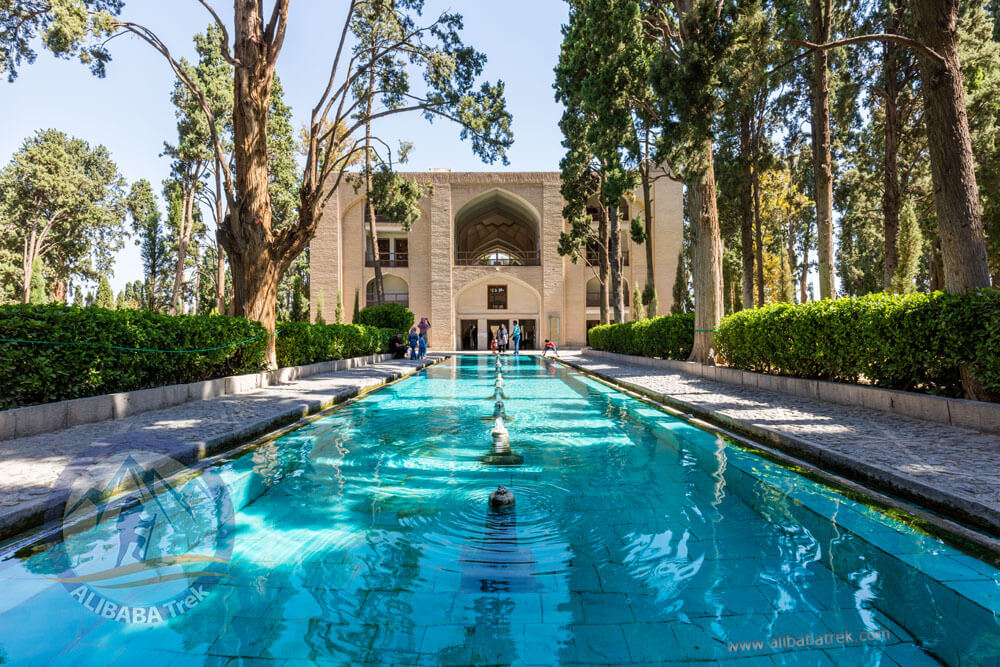
Boroujerdi house
Legend has it that when Sayyed Jafar Natanzi, a samovar merchant known as Boroujerdi, met with carpet merchant Sayyed Jafar Tabatabaei to discuss taking his daughter’s hand in marriage, Mr. Tabatabaei set one condition: his daughter must be able to live in a home at least as lovely as his own. The result – finished some 18 years later – was the Khan-e Boroujerdi. Made distinctive by its six-sided, domed badgirs, the house boasts frescoes painted by Kamal al-Molk, the foremost Iranian artist of the time.
The home originally consisted of two sections, an andaruni(private part of a traditional home, where only immediate family are welcome) and a biruni (outer part of a traditional home, where guests are entertained), but today only the latter is open to the public. Ornately decorated, the courtyard is laid out around a central fountain pool, that sits well below ground level to help reduce the ambient temperature. At its far end is a two-storey iwan (open reception hall opening onto the courtyard) that is sumptuously decorated with splendid motifs above the entrance, intricate muqarnas (stalactite-type stone carving used to decorate doorways and window recesses), and fine glass and mirror work.
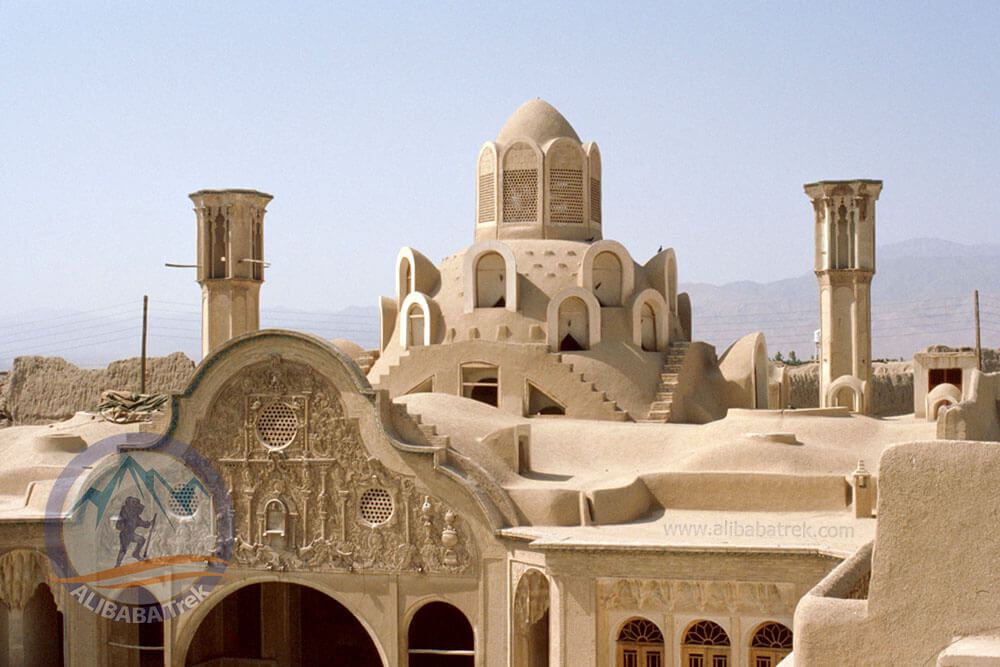
Tabatabaei house
Built around 1880, Seyyed Jafar Tabatabai’s house is renowned for its intricate stone reliefs, including finely carved cypress trees, delicate stucco, and striking mirror and glass work. The seven elaborate windows of the main courtyard (most houses sport only three or five) are a particular wonder, designed to illustrate the high social status of the owner. The house is arranged around four courtyards, the largest of which boasts a large pond with fountains, helping to keep the courtyard cool. From mid-afternoon (depending on the month), sunlight and stained glass combine to bathe some rooms in brilliant color.

Bazaar
Kashan’s historic bazaar is one of the best in Iran. Busy but not manic, traditional but with a nod at modern goods, large enough to surprise but not to get lost in, it’s a great place to wander for a couple of hours, especially in the late afternoon when the lanes are full of shoppers. The multi-domed roof of the bazaar dates from the 19th century, but the site has been the center of trade in Kashan for almost 800 years.
Two main alleys lead through the bazaar, one known as the ‘Main Line’, and the other as the ‘Copper Line’, which lives up to its name for at least part of its length. Step off either of these two thoroughfares, and there’s a wealth of caravanserais, mosques, madrasehs, and hammams (public bathhouses) to explore. Chief among the attractions is the fine Amin al-Dowleh Timche, a caravanserai with a soaring, beautifully decorated dome. Dating from 1868, the caravanserai has recently been restored by the Kashani Culture & Heritage Office and is home to carpet sellers and the odd curiosity shop. There’s a tea stand at one of its entrances where you can sit and watch a steady stream of shoppers pass by. An equally popular tea stop is the cozy 19th-century Hammam-e Khan, where three generations of hammami tend to the well-being of their customers – replacing the tea and towels of former times with the tea and talk of today.
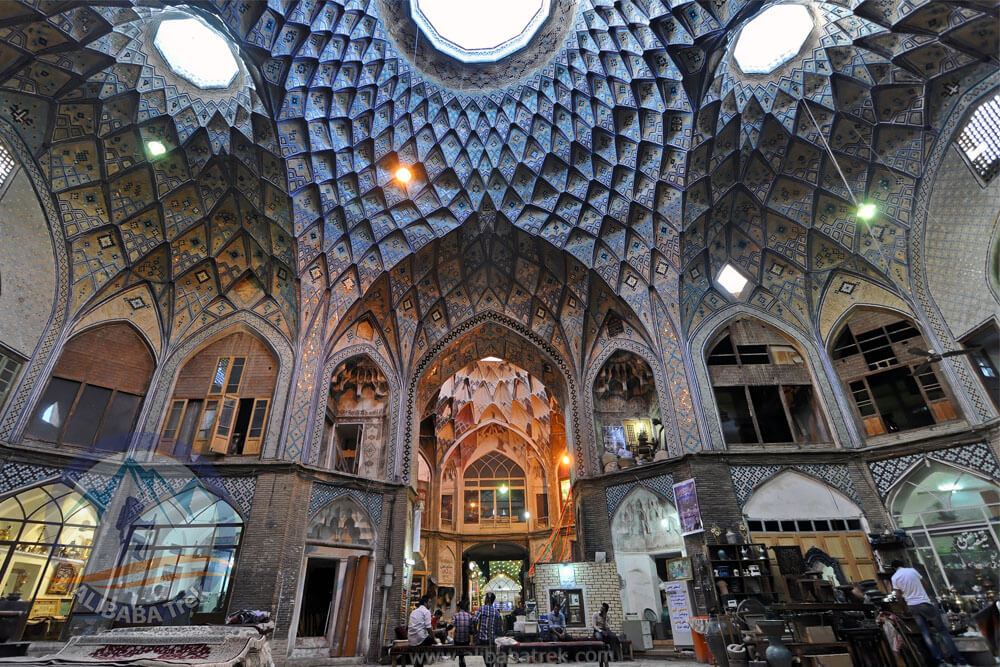
Abbasi house
Built by a wealthy glass merchant, this handsome set of six buildings (signposted from the hammam) is spread over several levels. The numerous courtyards, which are subterranean – excavated from the soil, not built on top of it – are designed to enhance the sense of space by increasing in size and depth as the complex unfolds. As a result and despite illusion, the multistorey buildings are no higher than neighboring properties in the old district.
The high porticos and reception halls are decorated with plaster reliefs and fine mirror work, but most of the note is the exceptionally beautiful and detailed stained-glass windows, befitting of the house’s original owner.
The house’s khadameh (servants’ quarters) have been converted into a teahouse and restaurant selling delicious Iranian cuisine.
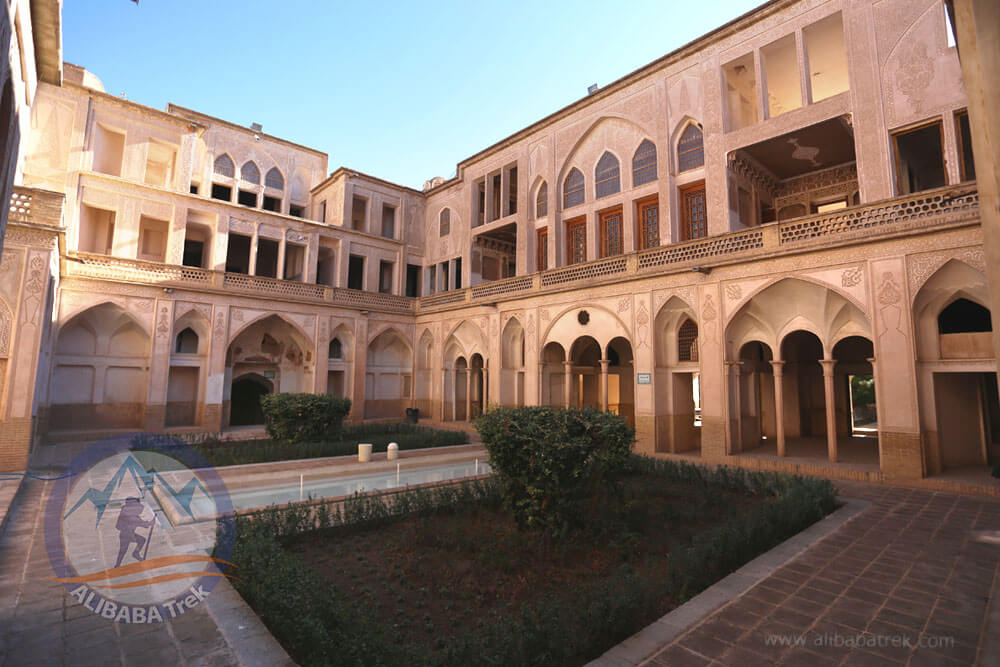
Agha Bozorg mosque
Comprising four storeys, including a large sunken courtyard with ablutions pool, an austere dome, tiled minarets and unusually lofty badgirs (windtowers), this decommissioned 19th-century mosque complex is famous for the symmetry of its design. The wooden front door is said to have as many studs as there are verses in the Quran, and the mud-brick walls are covered with Quranic inscriptions and mosaics. A fine portal and mihrab (niche indicating the direction of Mecca) at the rear is particularly noteworthy.
While the mosque has been decommissioned, the madraseh (school) in the sunken courtyard is still in use and women should avoid this area. Entrance is usually free; the only exception is during April and No Ruz when a charge of IR20,000 per person is levied.
To the left of the mosque’s entrance is the Khajeh Taj ad-Din, the tomb of Ghotbs Kashani, a famous mystic of the Qajar period.
Sialk hill
One of the oldest and richest archaeological sites in central Iran, the Tappeh-ye Seyalk (seyalk means mound), halfway between Kashan and Fin, has yielded interesting pottery pieces, metal tools and domestic implements made from stone, clay, and bone that date from as early as the 4th millennium BC. More significant, perhaps, is the structure itself – what is emerging from the dust is clearly a ziggurat (stepped pyramidal temple), and some Iranians are claiming that it predates those of the Mesopotamians.
This is still a seasonal working dig and, while visitors are welcomed, there are few facilities. Most finds have been moved to museums, including the small museum at Bagh-e Fin, the National Museum of Iran in Tehran and the Louvre in Paris. Local potters sell a few convincing replicas on-site.
Seyalk is 4.5km along the main road connecting Kashan with Fin – on the north side of the road.
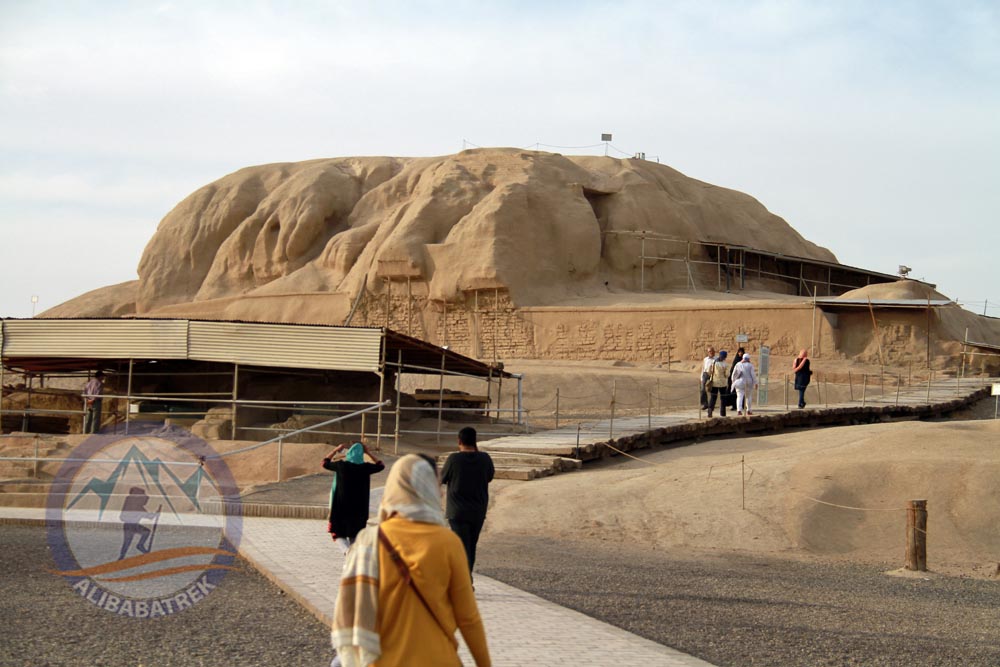
Kashan photo Gallery
General Info
- Population: 304,487
- Area: 4,392 km²
- Elevation: 982 m
- Climate: Desert
- Avg. Annual Temperature : 19.5 °C
- Adventure & Culture
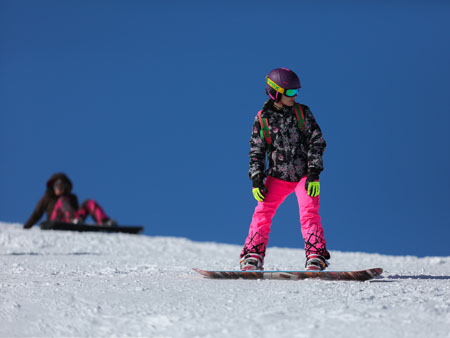

Ski through Iran's culture
This Iran tour package suits travelers planning to visit Iran in winter and spring. You will enjoy Iran ski tour in Iran’s best ski resorts, will experience a touch of Iran desert tour in deserts around Kashan and Isfahan and of course you will explore Iran history by visiting the most prominent cultural destinations.
- 14 Days
- Jan. to May
- Phys. Rating: 3 out of 5
- Culture
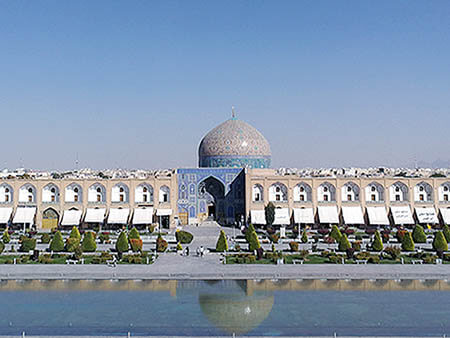

A unique Persian culture tour
Have a unique experience of exploring the rich Iranian culture with this Iran tour package. Furthermore, this Iran tour needs 11 days to show you the most famous historical sites in Iran. During this Iran travel tour, you will visit great cultural cities of Iran including Isfahan, Tehran, Kashan, Yazd, and Shiraz.
- 11 Days
- 4 Seasons
- Phys. Rating: 1 out of 5
- Adventure & Culture
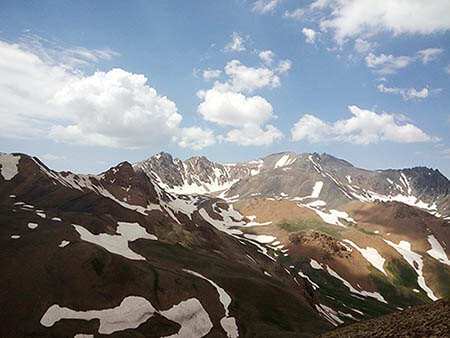

A two-week tour of culture and adventure in Iran
Mountains and monuments Iran tour is the most inclusive adventure and culture Iran tour packages. This mixed Iran tour includes summiting Damavand and Alamkuh as well as the Caspian Sea. Furthermore, this popular Iran travel tour shows you different aspects of Iran in only two weeks.
- 14 Days
- Jun. to Oct.
- Phys. Rating: 4 out of 5
- Culture
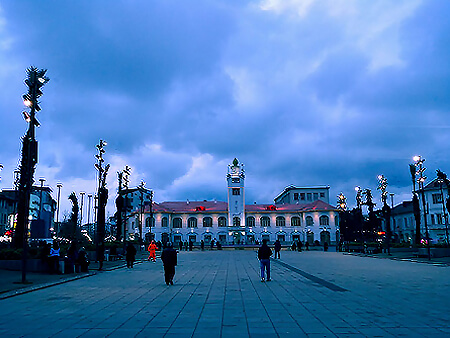

Exploring Iran thoroughly and completely
The best Iran tour for those who have enough time and want to explore Iran completely. During this Iran travel tour, you can visit Tabriz, Ardabil, Rasht, Qazvin, Hamedan, Kashan, Yazd, Shiraz and… By joining our most comprehensive Iran tour package you can visit all of the important cities of Iran.
- 21 Days
- 4 Seasons
- Phys. Rating: 1 out of 5
- Culture
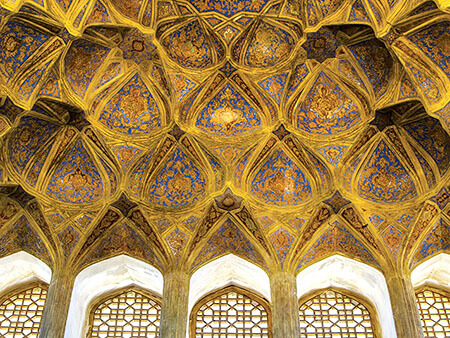

A five-day trip of the Iranian culture attractions
This Iran tour package is the best choice for those who have a short time for exploring the Iranian culture. So, spend only five days with this Iran tour to visit all the must-visit attractions in Iran. This short time Iran travel tour includes visiting Tehran, Kashan, and Isfahan.
- 5 Days
- 4 Seasons
- Phys. Rating: 1 out of 5
- Culture
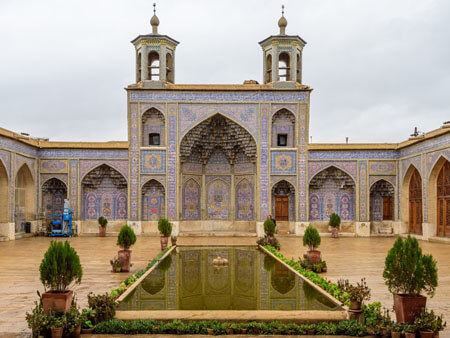

Explore the Iranian culture in two weeks
Enjoy spending time in the historical cities of Iran and visiting their cultural attractions thoroughly with this Iran travel tour. Spend only two weeks with this Iran tour to see the most important cultural cities of Iran. Moreover, optimized Iran tour package includes visiting Tehran, Kashan, Isfahan, Yazd, and Kerman.
- 14 Days
- 4 Seasons
- Phys. Rating: 1 out of 5
- Adventure & Culture
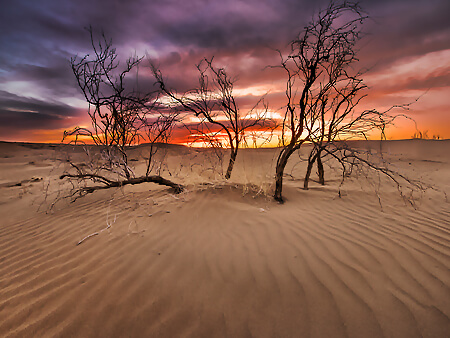

Visiting the most popular deserts in Iran
Visit the villages and kalouts in the central desert areas of Iran with this desert Iran tour package. Kashan desert Iran travel tour includes visiting Maranjab and Matinabad desert as well as Abyaneh village. In addition, this Iran tour has one day of sightseeing in Tehran.
- 4 Days
- Oct. to May
- Phys. Rating: 2 out of 5
- Adventure & Culture
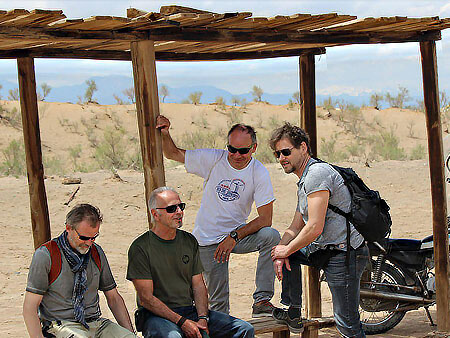

Desert Path to Ancient Persia
A culture and adventure mixed tour including both sightseeing in the historical cities of Iran and surfing in the deserts. This comprehensive Iran tour includes visiting cities such as Tehran, Kashan, Isfahan, Yazd, and Shiraz. Also, we will pay a visit to deserts such as Maranjab, Ring-e Jenn, and Mesr. So, don’t miss this tour if you have an interest in both sightseeing and desert trekking.
- 14 Days
- Oct. to May
- Phys. Rating: 2 out of 5

